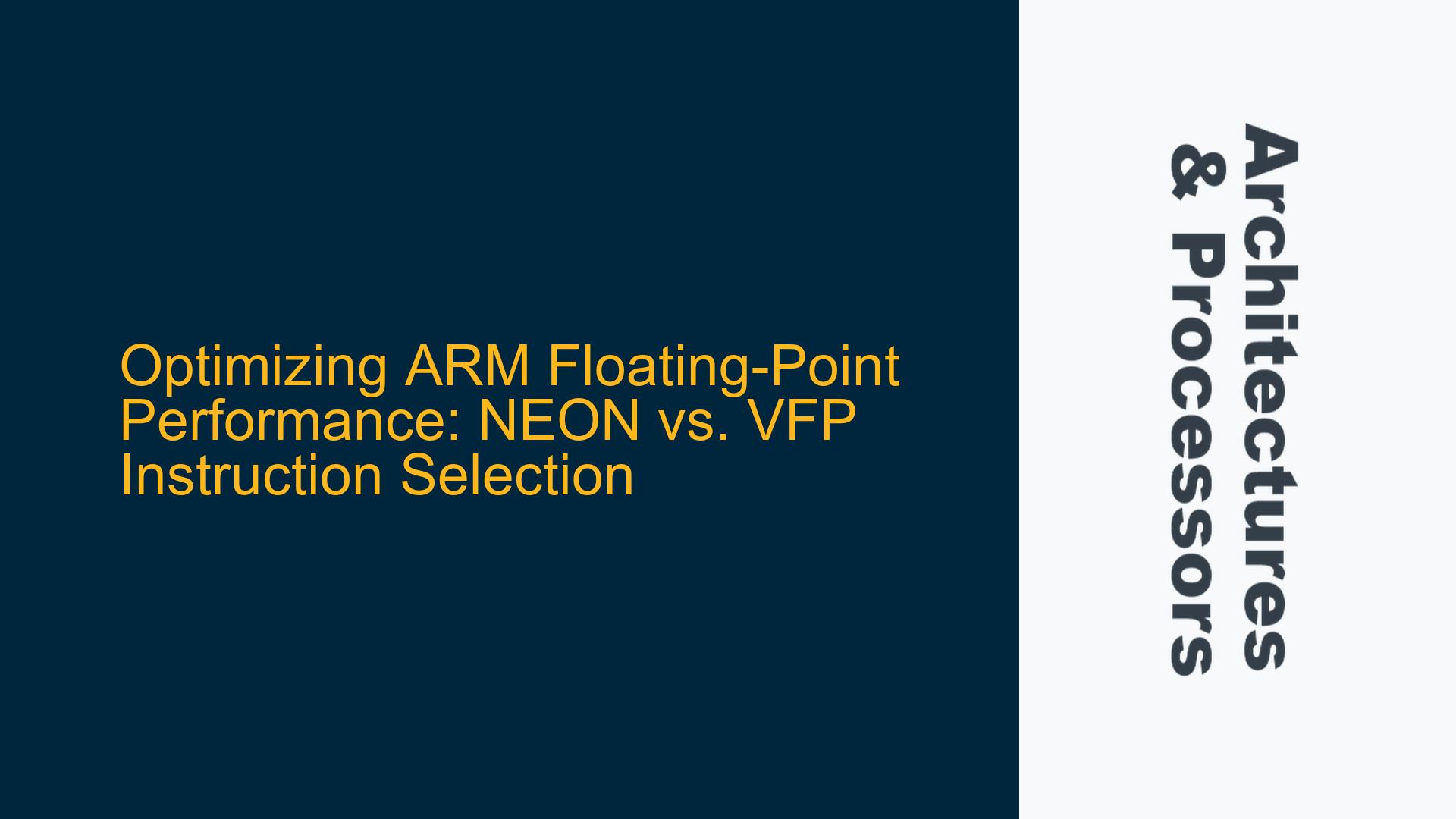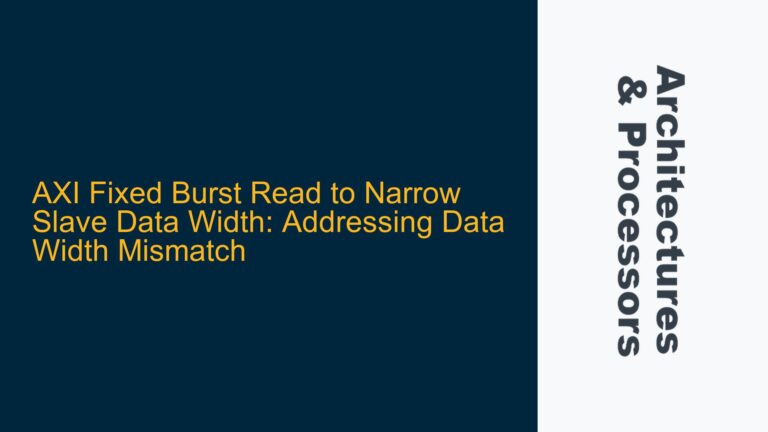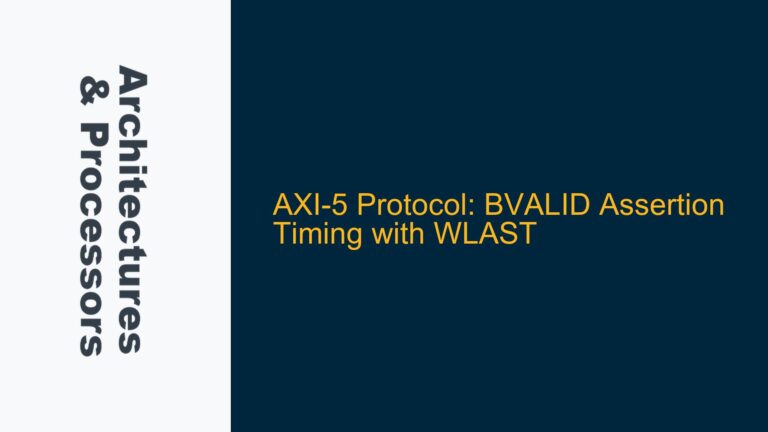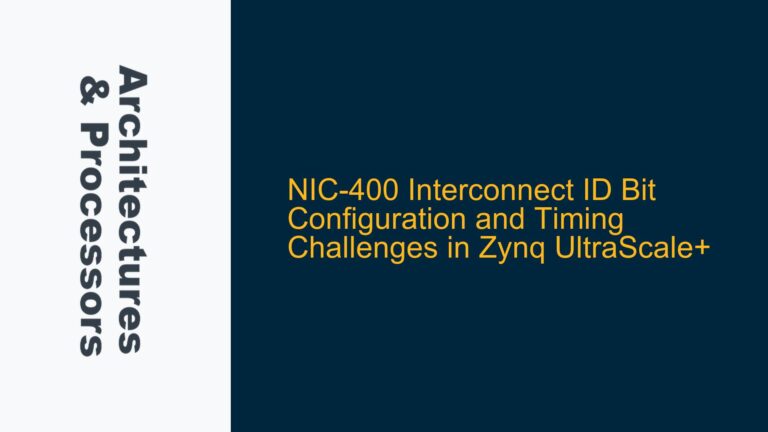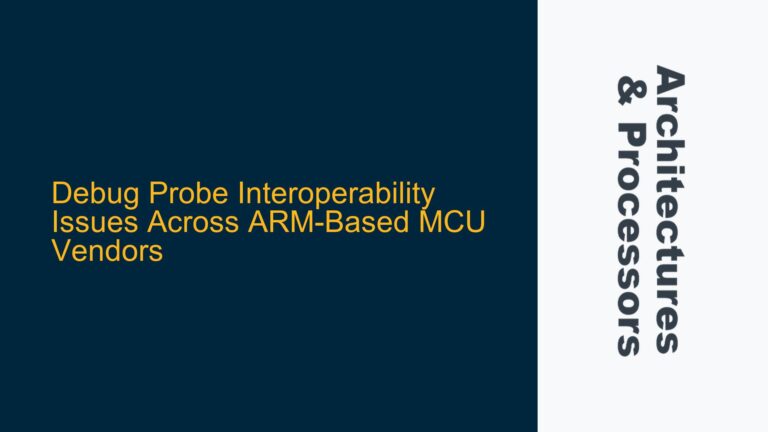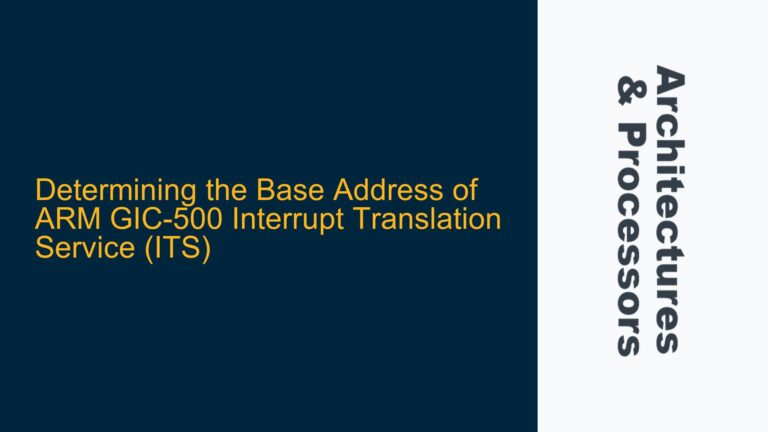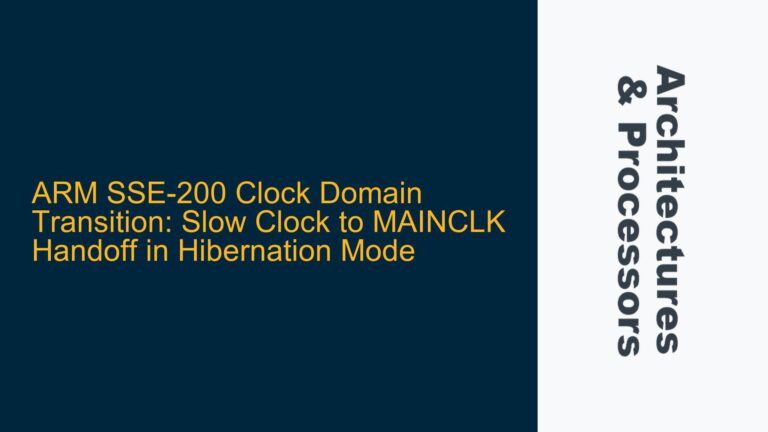ARM Cortex Floating-Point Unit (FPU) Architecture: NEON and VFP Differences
The ARM architecture provides two distinct floating-point computation units: the Vector Floating-Point (VFP) unit and the NEON SIMD (Single Instruction Multiple Data) unit. While both units handle floating-point operations, their architectural implementations and use cases differ significantly.
The VFP unit is a dedicated floating-point coprocessor extension designed primarily for scalar floating-point arithmetic. It supports single-precision (32-bit) and double-precision (64-bit) floating-point operations in compliance with the IEEE 754 standard. The VFP architecture includes a register file with 32 double-word registers, which can be accessed as 32 single-precision registers or 16 double-precision registers. VFP instructions operate on these registers, providing precise floating-point calculations with proper rounding and exception handling.
The NEON unit, on the other hand, is a SIMD engine optimized for parallel data processing. While it can handle floating-point operations, its primary strength lies in performing the same operation on multiple data elements simultaneously. NEON supports 32 128-bit registers, which can be partitioned into multiple lanes for parallel processing. For floating-point operations, NEON can process up to four 32-bit single-precision floating-point values or two 64-bit double-precision values in parallel.
The key architectural differences between VFP and NEON include their register file organization, instruction sets, and execution pipelines. VFP instructions are scalar, operating on individual floating-point values, while NEON instructions are vectorized, operating on multiple values in parallel. This fundamental difference affects both performance and precision characteristics.
Performance and Precision Trade-offs in NEON and VFP Usage
When deciding between NEON and VFP for floating-point operations, developers must consider several performance and precision factors. NEON’s SIMD capabilities offer significant performance advantages for parallelizable workloads, particularly in multimedia processing, computer vision, and scientific computing applications. By processing multiple data elements simultaneously, NEON can achieve higher throughput compared to VFP for suitable workloads.
However, NEON’s performance advantages come with certain trade-offs. The precision and rounding behavior of NEON operations may differ from strict IEEE 754 compliance, particularly in corner cases or when handling special floating-point values like denormals. VFP, being designed specifically for floating-point arithmetic, provides more predictable and precise results, making it preferable for applications requiring strict numerical accuracy.
The performance characteristics of NEON and VFP also depend on the specific ARM processor implementation. Some ARM cores share execution resources between NEON and VFP, while others have separate pipelines. Resource sharing can lead to contention and reduced performance when mixing NEON and VFP instructions. Additionally, the overhead of moving data between VFP and NEON registers can negate performance gains in some scenarios.
Instruction Selection Strategies for Optimal Floating-Point Performance
To achieve optimal floating-point performance on ARM processors, developers should adopt a systematic approach to instruction selection. The first step is to analyze the computational requirements of the application. For workloads dominated by parallelizable floating-point operations, NEON should be the primary target. Applications requiring high numerical precision or handling complex floating-point edge cases may benefit more from VFP instructions.
When using NEON for floating-point operations, developers should consider data alignment and memory access patterns. NEON performs best when processing aligned data in contiguous memory blocks. Proper data layout and prefetching strategies can significantly improve NEON performance. For mixed workloads, careful scheduling of NEON and VFP instructions can minimize pipeline stalls and resource contention.
Compiler flags and intrinsics play a crucial role in instruction selection. Most modern ARM compilers provide options to control NEON and VFP code generation. The -mfpu flag, for example, allows specifying the target floating-point unit. Compiler intrinsics provide fine-grained control over instruction selection, enabling developers to explicitly use NEON or VFP instructions where appropriate.
For performance-critical sections, hand-optimized assembly code may be necessary. Writing assembly allows precise control over instruction scheduling and register usage. However, this approach requires deep understanding of both the ARM architecture and the specific processor implementation. Tools like ARM DS-5 Development Studio and performance counters can help analyze and optimize instruction selection.
In conclusion, the choice between NEON and VFP instructions depends on the specific requirements of the application. NEON offers superior performance for parallelizable floating-point workloads, while VFP provides better precision and compliance with floating-point standards. By understanding the architectural differences and carefully analyzing application requirements, developers can make informed decisions about instruction selection to achieve optimal floating-point performance on ARM processors.
